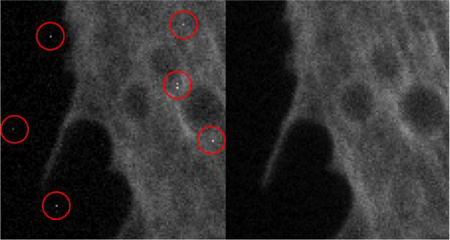Teledyne Photometrics, a Teledyne Technologies company, and designer and manufacturer of high-performance scientific cameras that support demanding quantitative life science research are pleased to announce the availability of a new technical note defining and explaining the significant key factors of image quality in scientific-grade cameras.
 Achieving the highest standards of image quality is the prime objective for all camera manufacturers, but in scientific imaging, image quality is defined by a distinct set of performance characteristics that define cameras as more or less suitable for the rigorous demands of scientific imaging. This new technical document outlines the key factors that define the image quality of scientific cameras and explores how they can be maximized.
Achieving the highest standards of image quality is the prime objective for all camera manufacturers, but in scientific imaging, image quality is defined by a distinct set of performance characteristics that define cameras as more or less suitable for the rigorous demands of scientific imaging. This new technical document outlines the key factors that define the image quality of scientific cameras and explores how they can be maximized.
The note examines and explains topics such as signal to noise ratio, high quantum efficiency versus low read noise, and the relevance of camera cooling. A large section delves into the background and signals uniformity, exploring the value of commonly discussed specifications ‘DSNU’ and ‘PRNU’, to determine if they are representative of image quality.
We know good image quality when we see it. But when we try to be more quantitative, there are various conflicting standards in the industry, some of which we find simply have no relevance for low-light imaging. This document shows clearly which aspects really matter.
Dr. Louis Keal, Product Marketing Manager, Teledyne Photometrics
The technical note can be downloaded on the Photometrics website, alongside a broad range of educational content on practically every aspect of camera use and applications. Read it here.